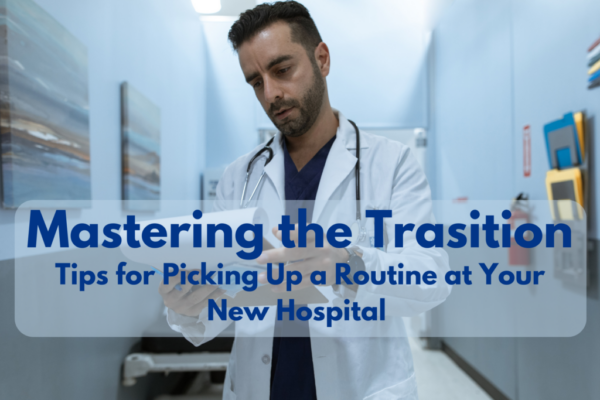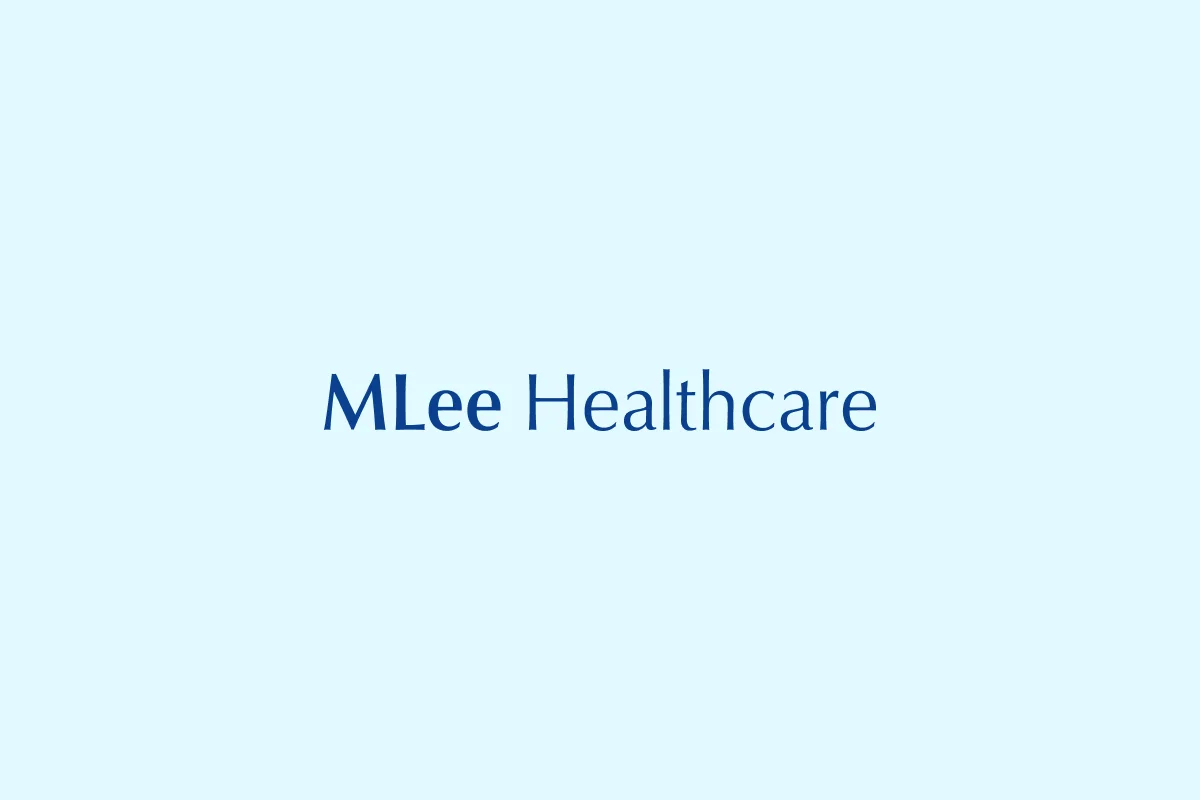<!– wp:paragraph –> <p>Starting a new job at a hospital can be an exciting yet overwhelming experience.


In the realm of healthcare, two fundamental principles stand as pillars of exceptional patient care: healthcare quality and patient safety. These principles are not merely buzzwords but the essence of what defines excellence in the medical field. In this article, we delve into the critical importance of healthcare quality and patient safety, exploring their significance, challenges, and the continuous efforts to enhance them.
Healthcare quality encompasses a broad spectrum of factors, all aimed at providing the best possible care to patients. It extends far beyond a single interaction or a specific treatment and instead takes a holistic view of the patient’s journey through the healthcare system.
At the heart of healthcare quality is patient-centered care. It means involving patients in their care decisions, respecting their preferences, and addressing their unique needs and concerns. Effective communication and shared decision-making are essential components of patient-centered care.
Healthcare quality relies on the use of evidence-based practices. Medical decisions and treatments are based on the best available scientific evidence, ensuring that patients receive the most effective and safe care.
Efficient healthcare systems minimize waiting times and delays, ensuring that patients receive timely care. This includes prompt appointments, reduced emergency room wait times, and timely access to diagnostic tests and treatments.
Medication errors can have serious consequences. Robust systems for medication management, including prescription accuracy, dispensing, and administration, are critical for patient safety.
Patient safety is a cornerstone of healthcare quality. It centers on preventing errors, reducing harm, and ensuring that patients are not exposed to unnecessary risks during their healthcare journey.
Infections acquired in healthcare settings are preventable with proper hygiene, sterilization, and infection control measures. Healthcare providers must rigorously adhere to these protocols to protect both patients and staff.
Open communication about errors is essential. Reporting and analyzing errors or near misses help healthcare organizations identify weaknesses in their systems and make improvements to prevent future incidents.
Surgical safety procedures, such as pre-operative verification, surgical site marking, and time-outs, are critical in reducing surgical errors and complications.
Despite the ongoing commitment to healthcare quality and patient safety, challenges persist. Some of these challenges include staff burnout, resource constraints, and the complexity of healthcare systems. Nevertheless, healthcare organizations and professionals remain dedicated to continuous improvement.
Healthcare quality and patient safety are not the sole responsibilities of healthcare providers but a shared endeavor that involves patients, families, policymakers, and the entire healthcare community. By prioritizing patient-centered care, evidence-based practices, and rigorous safety protocols, we can build a healthcare system that is not only exceptional in its quality but also unwavering in its commitment to patient safety. It’s a journey marked by continuous learning, adaptability, and the relentless pursuit of excellence in patient care.